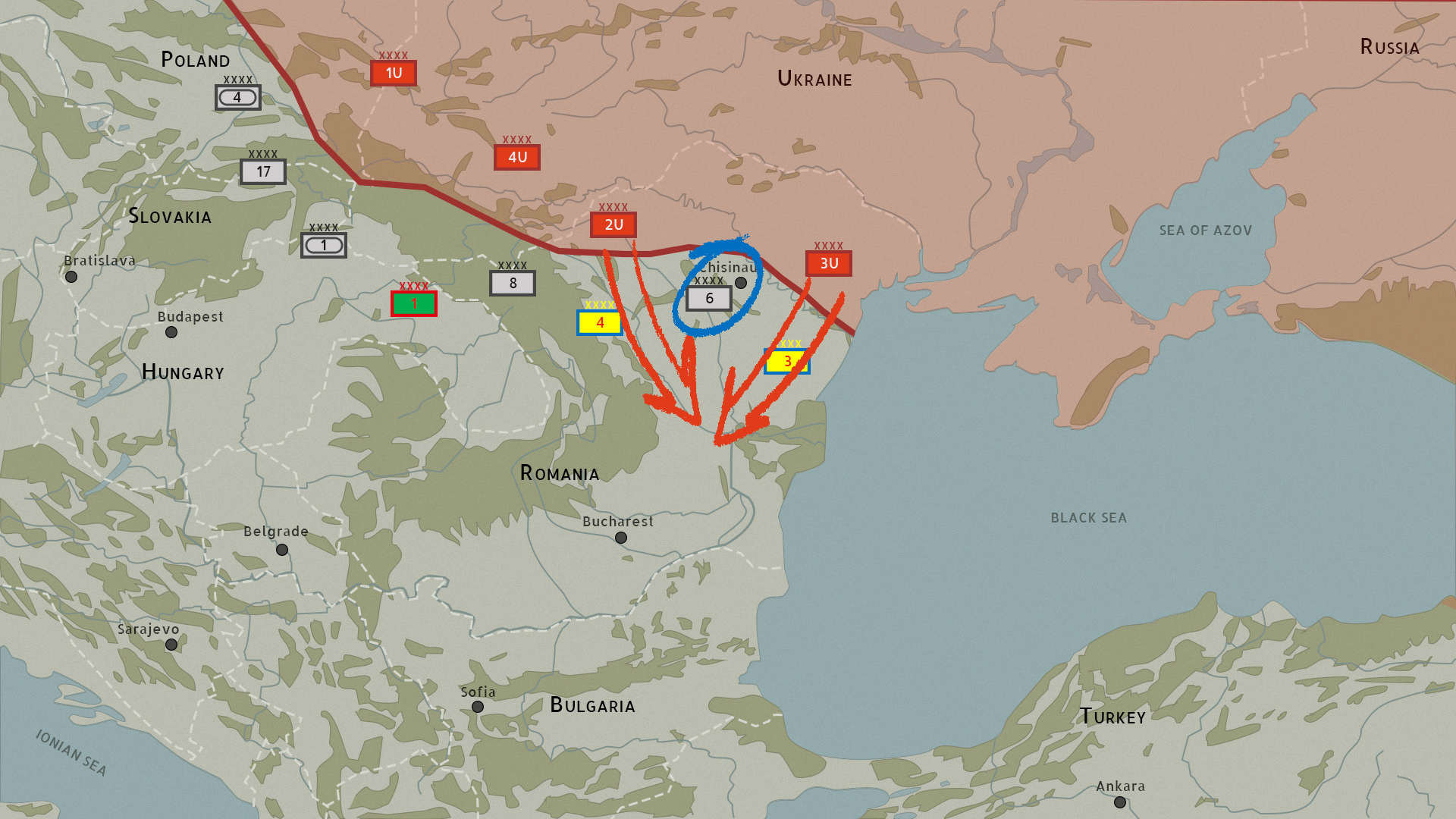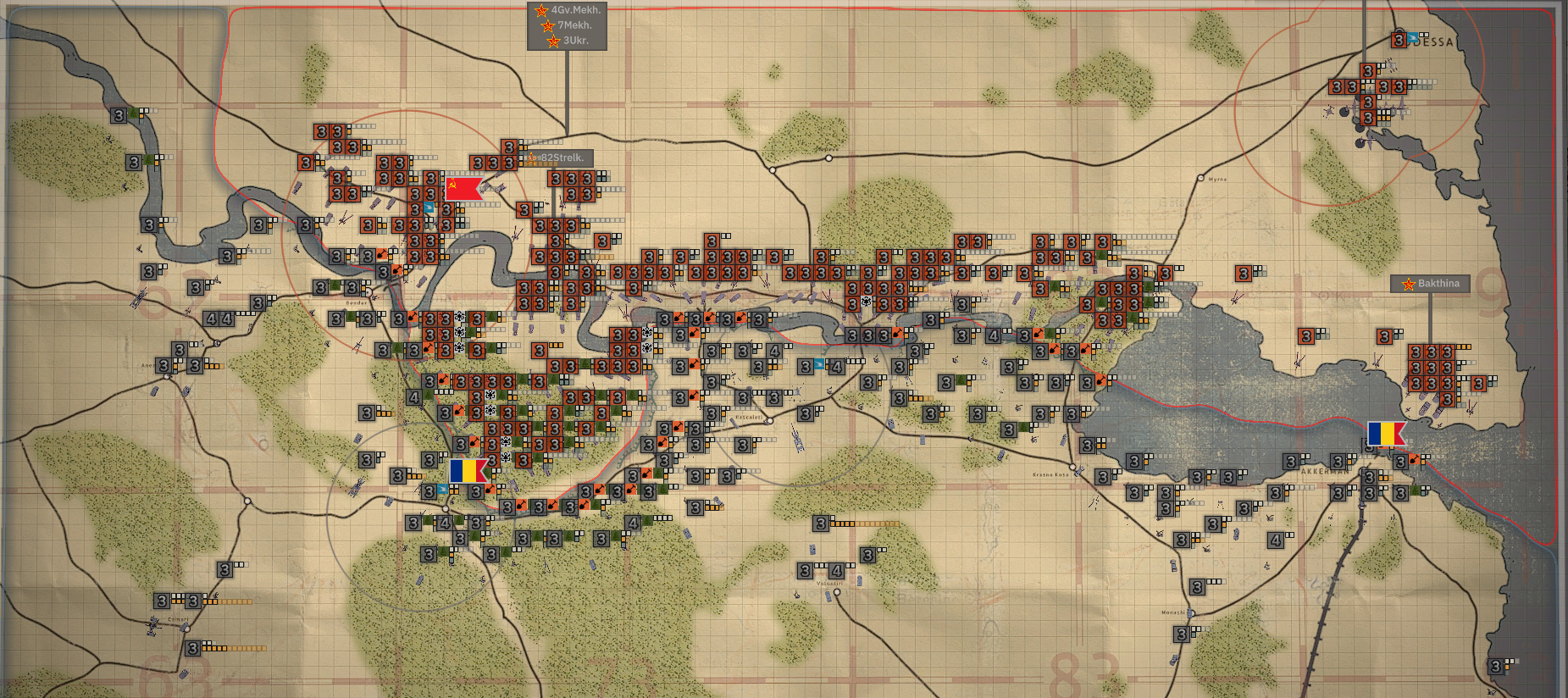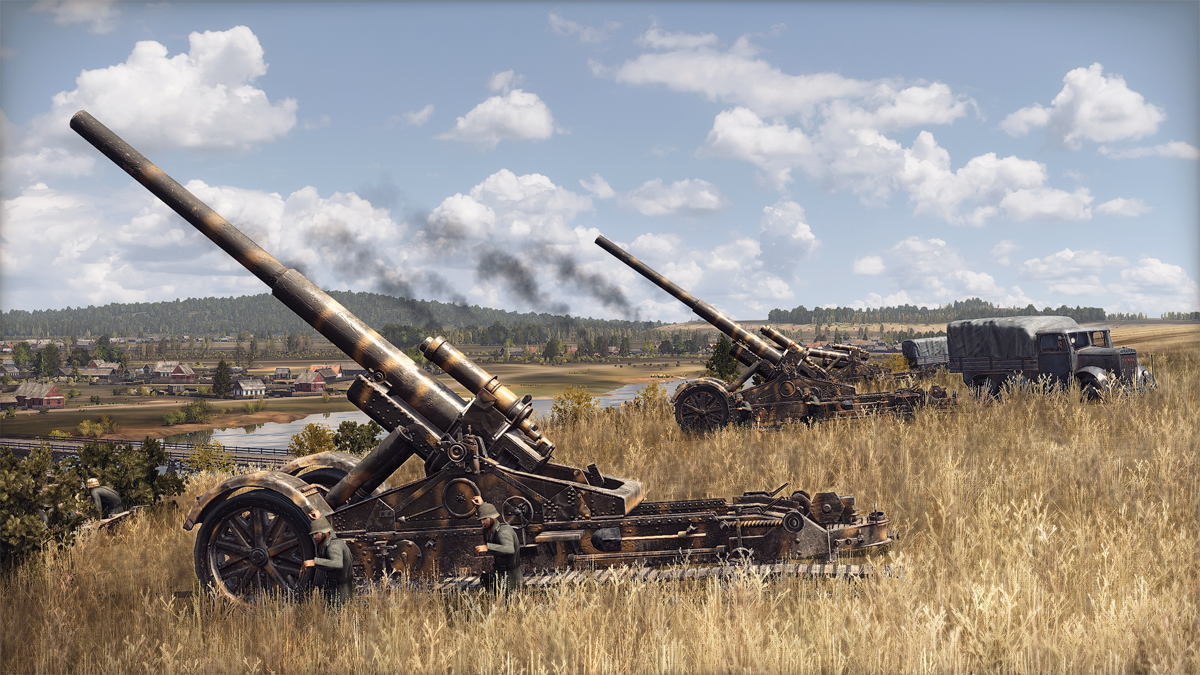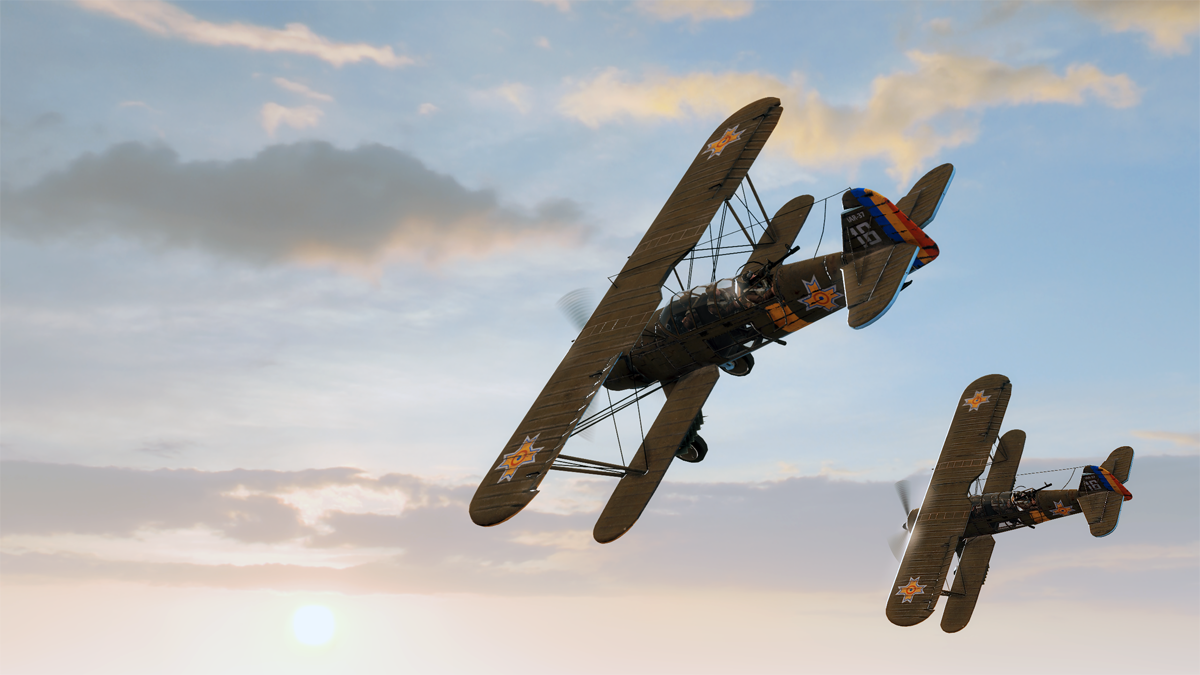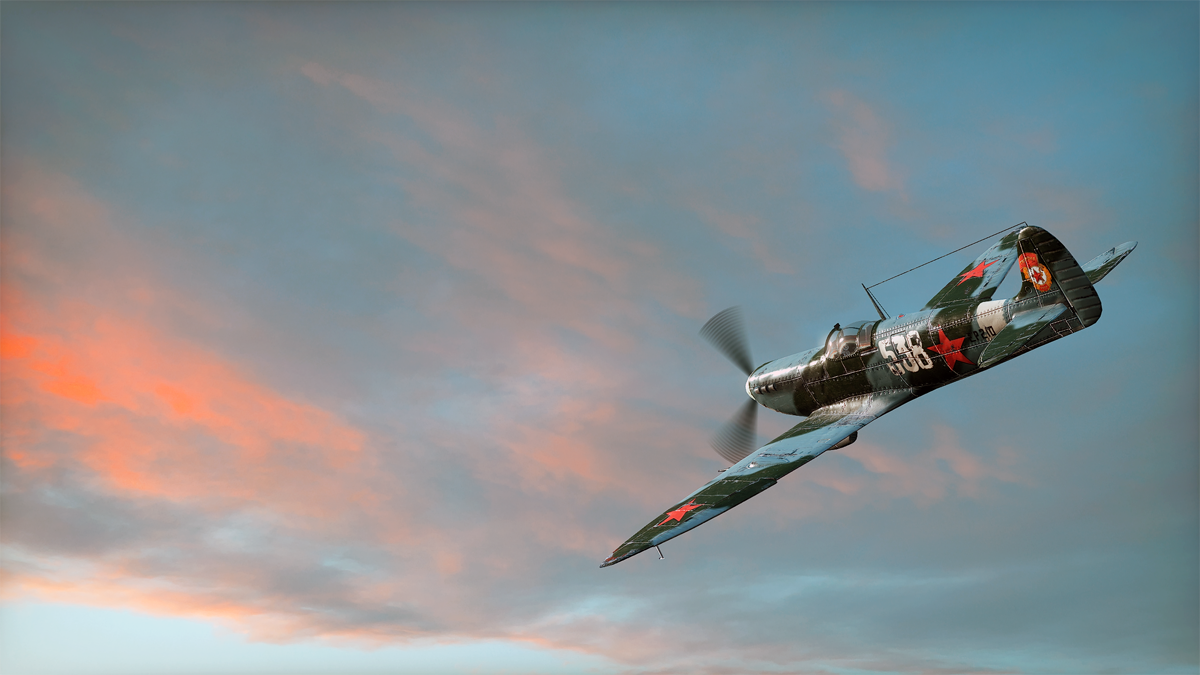Black Sunday - New Camouflage Skins, Aces, New Units and Infantry Models

Hello commander!
We hope you are doing well. As you should know, our latest History DLC is Steel Division 2: Black Sunday. Here at Eugen, we are still busy dotting the i’s and crossing the t’s for this new expansion. We don’t have a release date for you - yet. We promise that “Black Sunday” is coming soon, though!
In the meantime, we’d like to take the opportunity to look at a variety of new features coming with “Black Sunday”, including the new Camouflage Skins, two new Aces, and lift the tip of the veil of several new units and models featured in the expansion.
[h3]New Camouflage Skins[/h3]
Steel Division 2: Black Sunday will deliver the last 15 of the 30 promised alternative Camouflage Skins. Much like the Aces detailed further below, you can select these new, historically accurate Camouflage Skin for a variety of vehicles, from fighter planes to tank destroyers. Which units will sport a fresh paint job?

Axis
- Germany: a 1943 Kursk camouflage for the Panther D.
- Germany: a new camouflage pattern for the StuG III G.
- Germany: a Fw-190 F-8 with a II/Schlachtgeschwader 4’s Italian theater camouflage and markings.
- Germany: a Hs-129 B-2/R-2 with a II/Schlachtgeschwader 2’s Tunisia/Sicily camouflage and markings.
- Germany: a Panzer II Luchs with a special camouflage as found with a surviving example in the French Saumur Musée des Blindés tank museum.
- Germany: a new skin for the Me-109 G-6/R-6 from III/Jagdgeschwader 3, as flown by the ace Alfred Surau (killed in February 1943).
- Romania: a R-2(Czech Panzer 35(t)) with dedicated winter camouflage, as used by Romanian troops positioned near the Don river in November 1942 (the Battle of Stalingrad).
- Romania: a R-35 featuring an official French army camouflage pattern as used by Romania at the beginning of World War II.
- Romania: a camouflage pattern for the JRS-79B (an Italian SM.79 Sparviero built under license by Romania).
Allied
- Soviet Union: a Spitfire Mk.VB in a Moscow air defense 1942 camouflage pattern.
- Soviet Union: a Pe-2 featuring a 125th Guards Bomber Regiment’s camouflage skin and markings as encountered in 1943.
- Soviet Union: a camouflage for the Yak-9T.
- Soviet Union: a Matilda II with a two-tone 1942 camouflage.
- Soviet Union: a SU-76i with a two-tone 1943 camouflage pattern.
- Soviet Union: a SU-76M with a special camouflage as found with a surviving example in the British Bovington tank museum.

[h3]Two new Aces[/h3]
As with our previous History DLCs, ”Black Sunday” will also feature two new Aces, one for each side. These special gold-rimmed units are commanded by real-life war heroes and carry their own unique camouflage patterns. They don’t offer any gameplay advantage over their Steel Division 2’s vanilla versions, however. The new Aces are:
Lazar Munteanu, a Romanian tank buster ace, flying a Hs-129 B-2/R-2. This Ace can be found with the History DLC’s Romanian Div. 4 Munte. Munteanu was the commander of the Romanian Air Force’s 8th Assault Group, which was nicknamed “Asfalt” for the daring way its pilots would fly as close to the deck as possible in their attack runs. He completed over 160 combat missions, including against his former comrades-in-arms in the latter part of World War II after Romania joined the Allies in fighting Nazi-Germany. Munteanu survived the war.
Konstantin Dmitrievich Denisov, a fighter ace and Hero of the Soviet Union, Denisov was the commander of the Black Sea Fleet’s 7th Naval Fighter Regiment. Found with the 7-y Mekh. Korpus, this Ace’s warplane is a P-40N Kittyhawk. Denisov’s combat experience stretched all the way back to fighting against the Japanese in 1938 before becoming famous during the Crimea campaign and the Siege of Sevastopol in 1941-1942. He flew 536 missions, shooting down 13 planes with an additional 6 shared. Denisov likewise survived the war.
[h3]New units and models[/h3]
We mentioned this before, but our new DLC will feature several new infantry models, mostly found with the Romanian divisions. These models can be encountered as new regular infantry, cavalrymen (Rosiori), motorized infantry (Vanatori Moto), and the elite mountaineers (Vanatori de Munte). The Soviets get to play around with new elite VDV infantry models.
There are also several new units in the new expansion not found in the six new divisions but instead in the two Army General campaigns.

- TACAM R-2 with the Div. 8 Cav. Mot., deployable as reinforcements during the Jassy campaign.
- Tatra OA vz.30 with the Divizia de Garda, also found in the Jassy campaign.
- T-80 found with 5th Guards Cavalry Corps, Jassy campaign. Not some kind of time travel trick, as this DLC’s T-80 is not the mighty Cold War version but a designation for an improved variant of the T-70. Phew… we dodged that bullet!
- ...
[h3]More about Black Sunday[/h3]
In case you’ve forgotten: our new History DLC will feature two Army General campaigns, two new Aces, 15 new Camouflage skins, 150 new units, and much more exciting new stuff. Check out the previous articles where we talk about each new division in detail.
- Armored Warfare Versus: Div. 1 Blindata "România Mare" VS 7-y Mekh. Korpus
- Mixed “hybrid” Versus: Division 5 Cavalerie Motorizata up against Morskaya Gruppa Bakhtina
- Elite Infantry Versus: Romanian Div. 4 Munte VS the Soviet 3-ya VDV
[h3]Steel Division 2’s History Pass[/h3]
https://store.steampowered.com/app/988171/Steel_Division_2__History_Pass/
The best way to get the “Black Sunday” expansion is to get your hands on the Steel Division 2’s History Pass. Getting it grants you access to all three History DLCs for Steel Division 2. The History Pass includes the new “Black Sunday” expansion, as well as the The Fate of Finland expansion and The Death on the Vistula expansion.
[h3]Let us know what you think![/h3]
We’d love to hear from you! Do this on our
Steam forums and Eugen forums, or reach out through our social channels (Facebook and Twitter). You can also join us on our Discord server or Reddit page.
See you on the battlefield, commander!


















